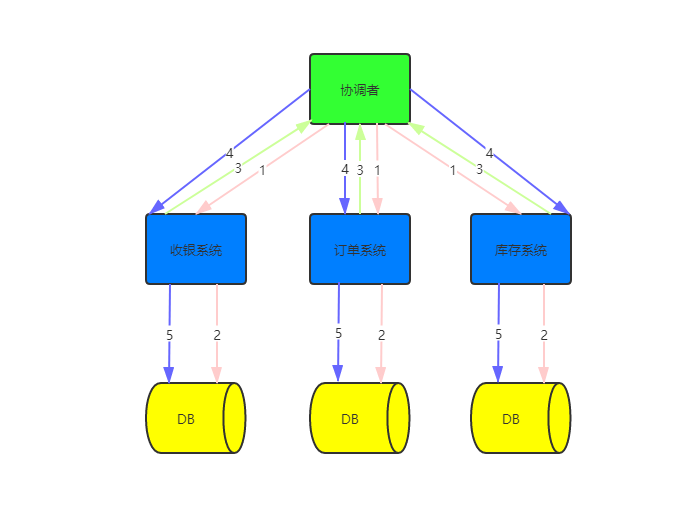An R "meta" book
(This article was first published on Revolutions, and kindly contributed to R-bloggers)
by Joseph Rickert
I am a book person. I collect books on all sorts of subjects that interest me and consequently I have a fairly extensive collection of R books, many of which I find to be of great value. Nevertheless, when I am asked to recommend an R book to someone new to R I am usually flummoxed. R is growing at a fantastic rate, and people coming to R for the first time span I wide range of sophistication. And besides, owning a book is kind of personal. It is one thing to go out and buy a technical book because it is required for a course, but quite an other to make a commitment to a book all on your own. Not only must it have the right content, at the right level for you, and be written in a way that you will actually read it, a book must feel right, be typeset to appeal to your sense of aesthetics, have diagrams and illustrations to draw you in, and contain enough white space to seem approachable. Furthermore, there is a burden to owning a book. There is nothing worse than making a poor selection and having a totally incomprehensible text stare at you from a shelf. Moreover, even an old friend can impose obligations. I have read deeply from The Elements of Statistical Learning, but not everything, so there it sits: admonishing me.
Recently, however, while crawling around CRAN, it occurred to me that there is a tremendous amount of high quality material on a wide range of topics in the Contributed Documentation page that would make a perfect introduction to all sorts of people coming to R. Maybe, all it needs is a little marketing and reorganization. So, from among this treasure cache (and a few other online sources), I have assembled an R “meta” book in the following table that might be called: An R Based Introduction to Probability and Statistics with Applications.
| Content | Document | Author | |
| 1 | Basic Probability and Statistics | G. Jay Kerns | |
| 2 | Fitting Probability Distributions | Vito Ricci | |
| 3 |
| Julian J. Faraway | |
| 4 | Experimental Design | Vikneswaran | |
| 5 | Survival Analysis | John Fox | |
| 6 | Generalized Linear Models | Virasakdi Chongsuvivatwong | |
| 7 |
| ||
| 8 | Time Series | McLeod, Yu and Mahdi | |
| 9 |
| Kim Seefeld and Ernst Linder | |
| Machine Learning
| Yanchang Zhao | ||
| 11 | Bioinformatics
| Wim P. Krijnen | |
| 12 | Forecasting | Hyndman and Athanasopoulos | |
| 13 | Structural Equation Models | John Fox | |
| 14 | Credit Scoring | Dhruv Sharma |
The content column lists the topics that I think ought to be included in a good introductory probability and statistics textbook. With a little searching, you will be able to find a discussion of each topic in the document listed to its right. Obviously, there is a lot overlap among the documents listed, since most of them are substantial works that cover much more than the few topics that I have listed.
Finally, I don’t mean to imply that the documents in my table are the best assembled in the Contributed Documentation page. The table just represents my idiosyncratic way of organizing some of the material in a way that I hope newcomers will find useful. I think that collectively the contributed documents have everything one might look for in a first date with R. They are available, approachable, contain superb content written by R experts, and are replete with examples and R code. And, with a little effort, a casual first encounter could lead to long term relationship.



































还没有评论,来说两句吧...